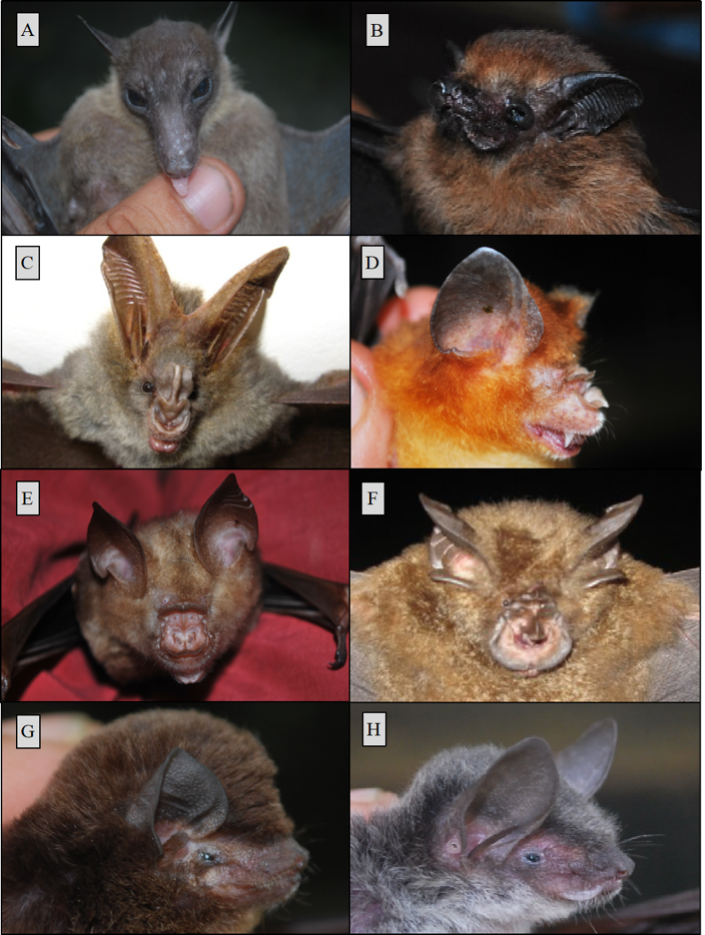VOLUME 15 NUMBER 1 (January to June 2022)

SciEnggJ. 2022 15 (1) 025-034
available online: January 31, 2022
*Corresponding author
Email Address: paalviola@up.edu.ph
Date received: September 07, 2021
Date revised: December 26, 2021
Date accepted: January 20, 2022
ARTICLE
Cave-dwelling bat assemblage of Polillo Island, eastern Philippines
Alviola, Philip A.*1,2, Cosico, Edison A.2, Eres, Eduardo G.2, Afuang, Leticia E.1,2 and Lit, Ireneo L., Jr.1,2
1Institute of Biological Sciences, College of Arts and Sciences,
University of the Philippines, Los Baños Laguna 4031, Philippines
2Museum of Natural History, College of Forestry and
Natural Resources Quadrangle, Upper Campus,
University of the Philippines, Los Baños Laguna 4031, Philippines
University of the Philippines, Los Baños Laguna 4031, Philippines
2Museum of Natural History, College of Forestry and
Natural Resources Quadrangle, Upper Campus,
University of the Philippines, Los Baños Laguna 4031, Philippines
Almost half of Philippine bat fauna (35 species) are known to use caves as roosting sites. Caves in the Philippines are significant livelihood source, from extractive utilization to ecotourism ventures, and as a result, bat populations have been adversely affected and are probably declining. We contributed to a nationwide initiative to assess the status of cave bats by conducting rapid surveys on Polillo Island in May 2009. We also measured cave attributes (length, entrance size, and microclimate), and documented human disturbances present. Sixteen bat species were recorded in 21 of 22 caves surveyed. Seventeen caves had 1-2 species, whereas one cave had nine species; only five caves have sizeable bat populations (>1,000 individuals). Most surveyed caves experienced on-site or historical disturbances (73%), primarily from swiftlet nests harvesting and guano collection. Bat reproductive data indicated that: significantly more females were captured (408 vs 174), 13 species had pregnant bat individuals, and these reproductively active bats account for 62% of captured females. Lastly, Spearman’s rank-order correlation analysis showed significant correlation for species richness with cave length (rs= 0.76, p<0.001), entrance size (rs = 0.54, p<0.01), and cave microclimate (temperature rs = -0.80, p<0.001; relative humidity rs = 0.65, p<0.05). In summary, a comparatively high bat species richness in some caves (with rare and threatened endemics), presence of large colonies, and prevalent human disturbances all point to the importance of Polillo Island as a significant conservation priority for cave-roosting bats in the Philippines.
© 2024 SciEnggJ
Philippine-American Academy of Science and Engineering